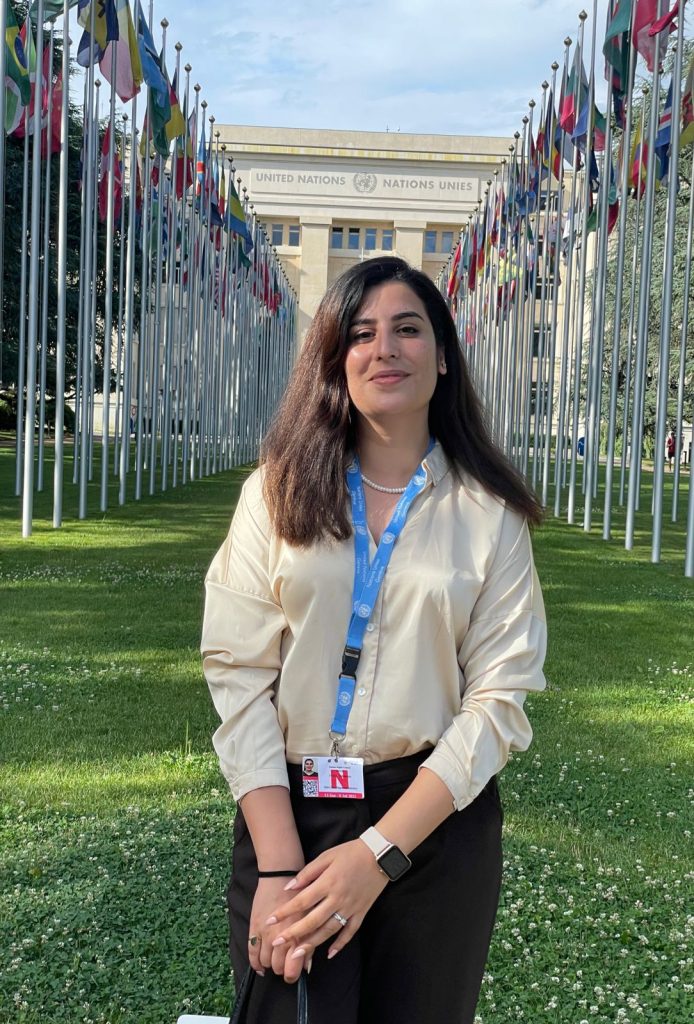Other Half of the Kashmir Narrative!
By Tehmeena Rizvi
Narrative of Kashmir has taken different shapes in the lives of people across India and it still stands as a very interesting topic of discussion among many stakeholders. While Kashmir has always been in the news for political paradigm shifts, killings, stone pelting etc but surprisingly representing the other side has been neglected too nicely which might have led to relevance and cohesion. There is more to Kashmir than Apples, Walnuts & Mountains. A place where sufi’s had curated mystic verses, where lal-ded/laleshwari saw shiv, where writers found poetry and where singers found songs in the breeze.
Kashmir has been always discussed through the lens of authorities and vested interests. When we talk about the modern day Kashmir narrative we forget to mention how women have equally played a role in shaping it. It’s very important to understand what type of information has been produced to build the Kashmir narrative and by whom?
This article is an attempt to represent a fresh perspective from an inverted lens of women in kashmir.
Kashmiri women have been rarely discussed in the media and amongst the political agenda and not much work has been carried out to make the discourse more gender neutral. It is personally very important for me to help people locate the place of women in ongoing Kashmir dynamics.
Women are as important as men for carrying forward the cradle of civilization. The women of Kashmir despite long decades of Turmoil have not let that be a roadblock and shine in every field of life. The propaganda voices in the past tried to paint Kashmiri women and their life a certain way which was far from truth. Kashmiri women didn’t even leave the place to pursue higher education let alone for jobs. But the truth has changed for the better, be it in the Silicon city of Country Bengaluru or the heart of country Delhi, Kashmiri women can be seen in every sphere of life contributing to national progress and building their careers.. They are not shying away when it comes to the more daring sectors like Media and aviation. Nowadays you can see Kashmiri women flying the planes in the country, contributing to academics, working in public policy, leading newsrooms and changing the scenario of male dominated journalism in kashmir.
Talking of entrepreneurship, four lakh women in over 48,000 Self Help Groups (SHGs) under the Jammu and Kashmir Rural Livelihoods Mission (UMEED) have revolutionised women entrepreneurship at the grassroots level.
There are also lists of schemes being implemented for women empowerment like:
Awareness Generation Projects for Rural and Poor Women (generating awareness among women regarding various issues like education, female foeticide etc) Condensed Course of Education for Adult Women (providing women above the age of 15 who did not have the opportunity to gain formal education a condensed general education along with vocational and skill development trainings in order to integrate them with the workforce),
Family Counselling Centres, Scheme for Working Women Hostels,
Swayamsidha Scheme (a Self Help Group based programme with an emphasis on convergence activities aimed at ensuring that the members of such groups avail all relevant schemes in an integrated and holistic manner),
Umeed (a Government of India flagship project to empower women in Kashmir), Sher-i-Kashmir Employment and Welfare Programme, Educational Loans, Micro Credit Loans etc. A plethora of government schemes are making an impact both in the education and employment scenario. For example, the Pradhan Mantri Kaushal Vikas Yojana has resulted in the skill development and employment of a number of Kashmiri youth, especially women.
In 2021, Kashmir University had 94 gold medalists, of which 77% were girls. Similarly, during the Islamic University of Science and Technology convocation, most gold medalists were women.
In 2022, two women from kashmir were awarded with Nari Shakti Puraskar, but again the discussion around this topic will be very less.
The point i am trying to make here can be experimented by everybody, for eg; if we try to search on google or ask anybody what is the position of women in kashmir dynamics?
you’ll mostly see them painted as victims of violence and their resilience. Though i don’t doubt their resilience for a split second but we also need to acknowledge that resilience does not only work in violent situations, it exists in excelling at professions too.
So this makes us ponder upon the fact that it is part of the narrative that they are represented in only one way or is the Kashmiri society non accepting of the fact that young women can choose for themselves and break the shackles of victimhood.
Though not much has been done for the kashmiri women living outside, the central government needs to ensure that they are provided with proper incentives and platforms so that they find a clear path to work in other parts of the country. Kashmiri women should be given more options to choose from in order for their decisions to be unaffected by state boundaries. The major fact which has been neglected is that the more kashmiri women are empowered, the more kashmiri society will empower because they have the potential to equally contribute.
Tehmeena Rizvi
The author is a Public Policy Professional from J&K, Currently working in New Delhi. Her areas of work include gender, inclusion, conflict and development.



